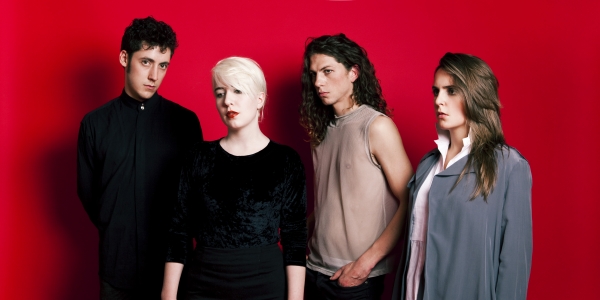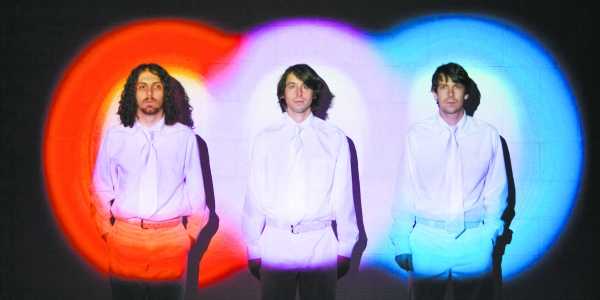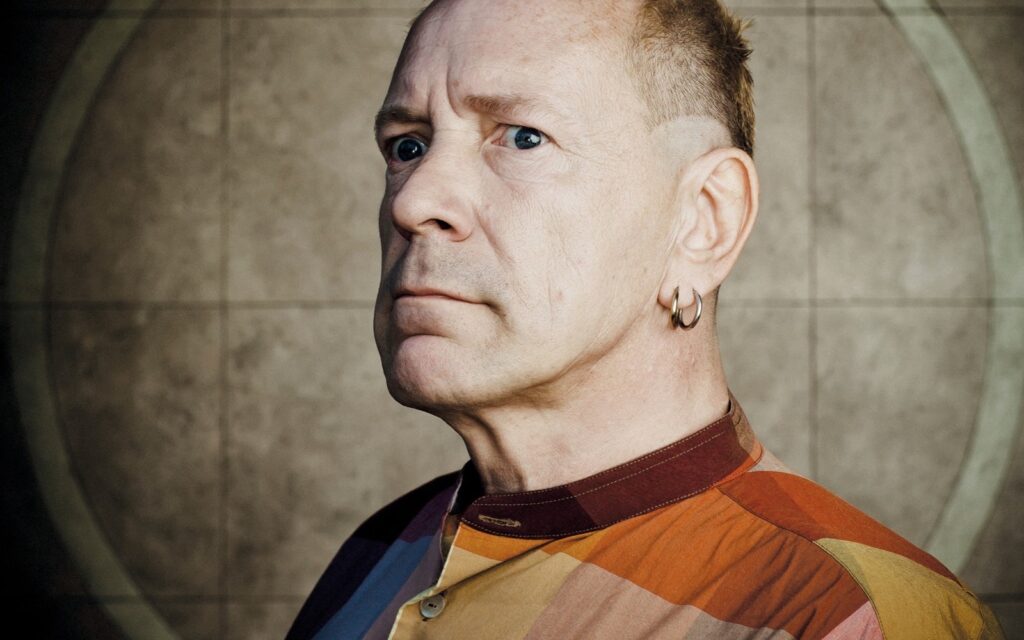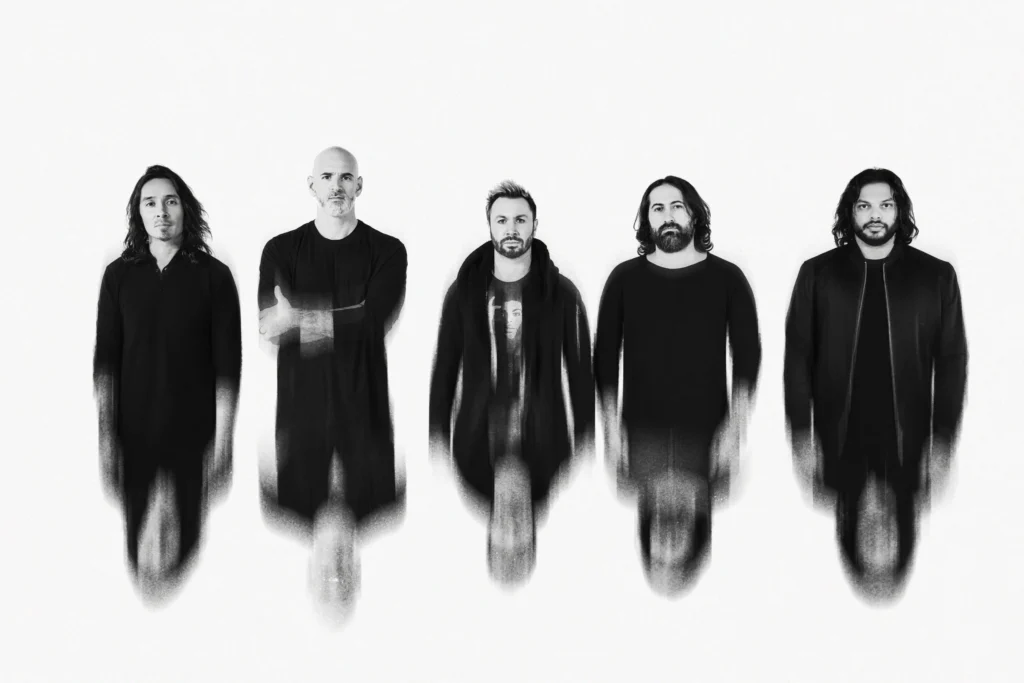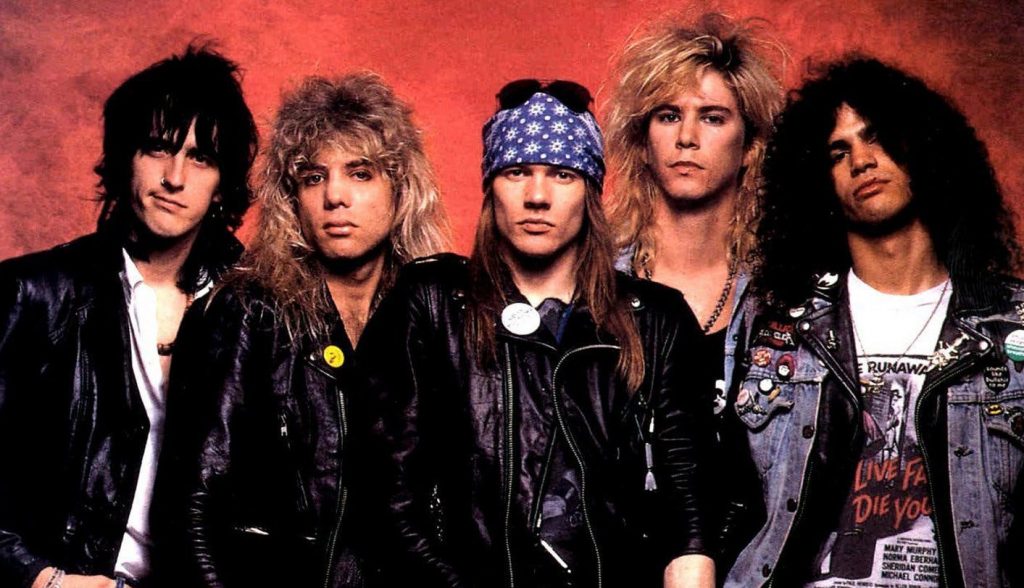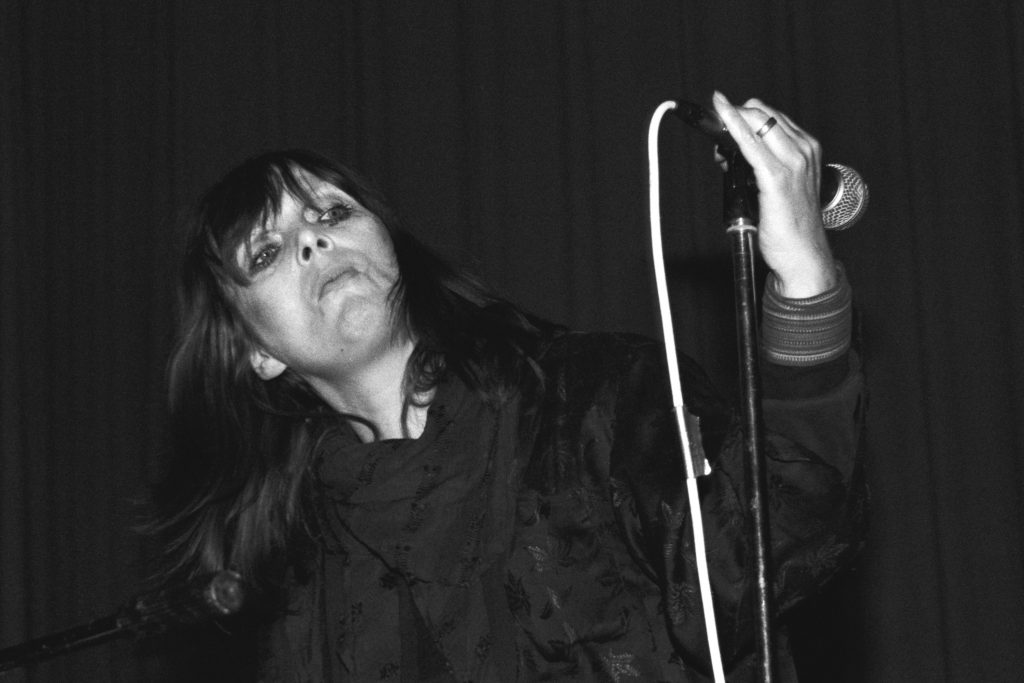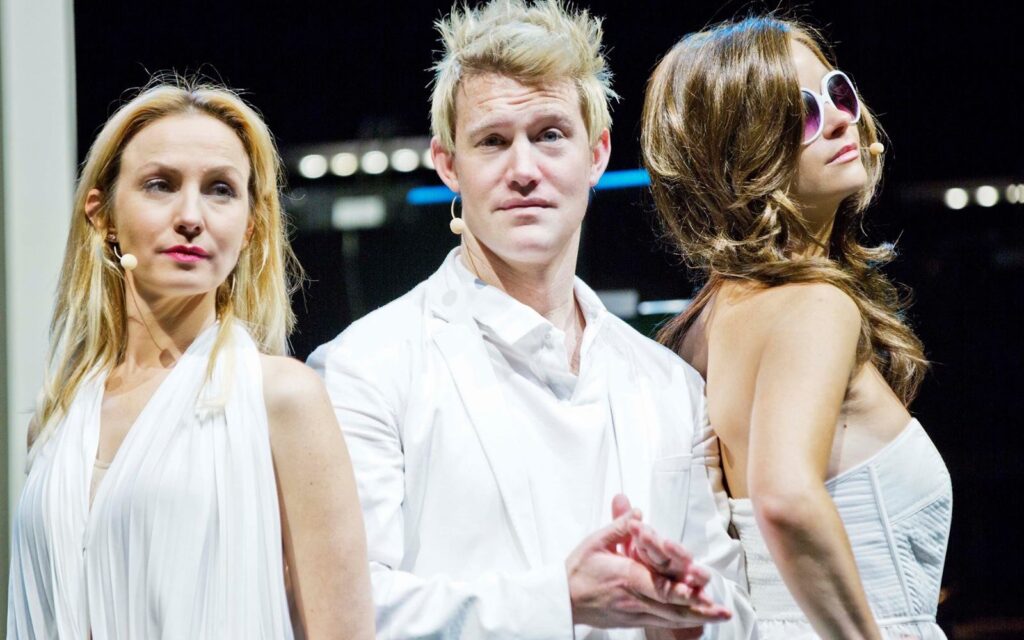“I stumbled on [electronic music] by accident!” she exclaims over the phone as she drives through the Canadian countryside on her way from Edmonton to Calgary. “When I was 19, I decided I wanted to make orchestral music, and at the time the easiest way for me to do that was to use MIDI. So I got a computer and a MIDI controller and I triggered some violin and cello samples; and that’s how it all got started. Instead of moving onto real instruments, I just really got into synthesizers and I moved on to the world of bass and drums instead.
“I definitely didn’t mean to become an electronic artist … it was natural.”
Stelmanis was having so much fun with her MIDI and her heavily distorted sampled sounds – “When I was doing a lot of my orchestral samples, I would put distortion on everything!” she cheerfully admits. She fronted her own band, Galaxy, and subsequently recorded her 2008 debut solo record Join Us in her bedroom. “That was an extremely DIY effort,” admits Stelmanis. I was performing solo for not that long – definitely less than a year – and I just had this huge compilation of songs. I wanted to put out a record, so I just basically handed all my stuff over to some friends who mixed it for me. Basically, a bedroom-recording. A lot of the songs didn’t even have lyrics, it was just mumbling, but I put out [ Join Us] with the Blocks Recording Club, which is a recording collective in Toronto that specialises in really weird, left-field music.
“I decided to tour it, and I toured for a really long time,” she says. And it was during that nonstop slew of performing her “weird music” that the seeds to Austra were born. “Maya [Postepski, drummer] and I had played previously in Galaxy, and when I started touring, I asked her to come with me as my drummer, so we were playing together for a long time. We met Dorian [Wolf, bassist] about two years ago through a friend, and then he started playing bass [with us] and it was an instant fit.
“At that point the music, and the songs, and the direction we were performing them in – it became more and more of a collaborative effort, and that’s when we decided it didn’t make sense performing as ‘Katie Stelmanis’ anymore … we wanted to become Austra, so that’s what happened.”
After becoming Austra, it was time to head to the studio to begin work on their debut LP as a band, Feel It Break. This writer wasn’t shy in the slightest in admitting to Stelmanis that Feel It Break is, in my opinion, one of the most singularly impressive electronic albums released in the last decade. Driven by intricate synths, Postepski’s fervent drumming, bass-lines that you can feel through your feet and, of course, Stalmanis’s soaring operatic voice, it’s a nearly flawless record. So it’s understandable that the album “was a lot of years in the making. Some of the songs were written before [Join Us]! So when we actually had the opportunity, the budget and the funds to do the record, we had four years of material to go through.
“In that sense Feel It Break is an assembly of music that was written over four years. Before we even went into the studio, we had to rearrange a lot of the songs and bring a lot of the older ones up to date with the newer stuff. It was kind of a smorgasbord of material, so that’s why I’m excited to write a new record, because it’s gonna be completely different.”
And, they’re going to be recording a new album after their finished with their tour? “Yes,” states Stelmanis emphatically. “It’ll be like a ‘write a new record in two months!’ kind of vibe, so I’m really kind of curious to see what that yields as opposed to Feel It Break.”
Me too, I say. But I’m curious, as far as writing both electronic music and classical music – what are the similarities and the differences between the two different genres?
“Well there are some similarities,” she states. “Just in the way there’s so much possibility with the arrangements and everything you can do with the instruments, both rhythmically and sonically. I think that’s why I’m particularly drawn to electronic music, because it seems to be as wide a palette as being a classical composer is. You can do anything with electronic music, whereas with a four-piece rock band you’re kind of limited to that instrumentation in a way. But with classical music, it’s all different: there’s experimental classical, and there’s some pretty straight-up poppy classical that is pretty similar to a lot of good pop music around these days – so yeah, there’s a lot of similarities!”
Another aspect of Feel It Break that shines through loud and clear is the effortless sensuality that permeates every corner of the album’s 11 stridently passionate songs. It’s a conscious part of her song-writing, Stelmanis admits. “I feel that sensuality and sexuality is a big part of our music, and is a big part of what we’re doing. I think a lot of dance music and dance artists have similar aesthetics in that way. [Austra] come from a really strong indie-rock community – Canada is very, very prominent in indie-rock – and I find that indie-rock in general is the most asexual genre of music that’s ever existed. And so I feel that for us it was kind of a liberation in a way – to make our music as sensual and as real as we could, to get away from that asexuality!”
BY THOMAS BAILEY
